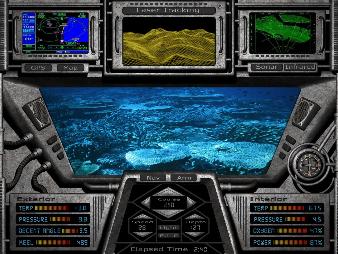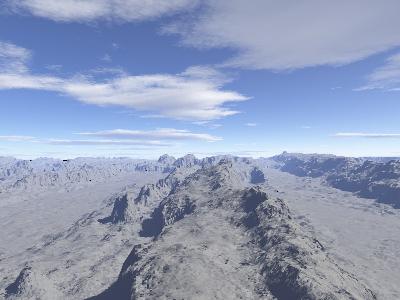This 1/2 day tutorial will describe the architecture of a modern video game, showing how the basic components combine to create an interactive multimedia entertainment. A game is actually an interactive real-time simulation with graphical and audio interfaces, a narrative, and a goal. Most sub-disciplines of computer science are represented in the construction of a game, and the degree of sophistication needed to create one is very high. This tutorial proposes to describe the essential components of a video game - the game loop, AI, graphics, audio, and the front end - and how they are implemented and how they relate to each other.
This tutorial does not deal with game design, which is not a technical issue, nor with the creation of artistic assets. The intent is to imbue the attendees with enough information that they could embark on a game development project of their own, or at least begin the technical design and find out what other information they required.



